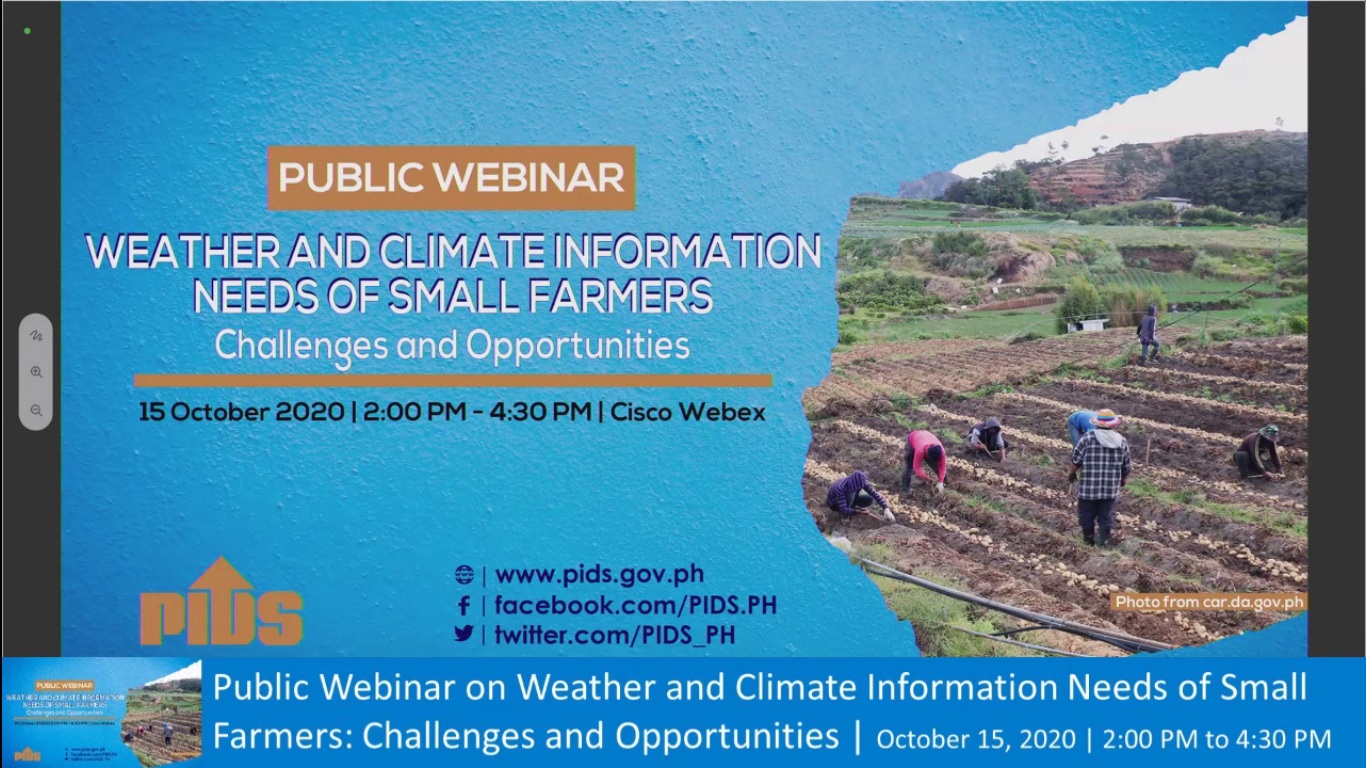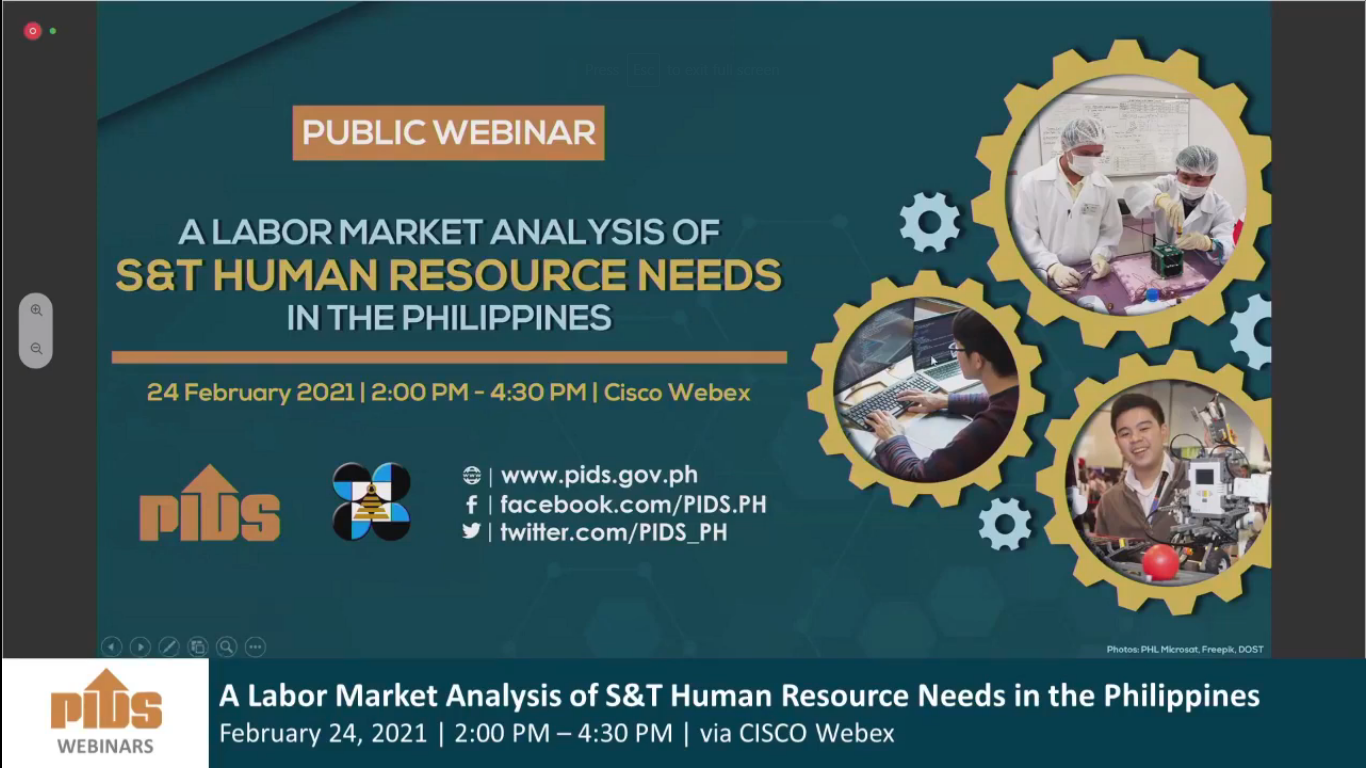THE decision of the Cabinet-level Committee on Tariff and Related Matters (CTRM) to reject the proposal of economic managers to cut tariffs on some food items must first have the “stamp of approval” of the Economic Development Cluster (EDC).
The National Economic and Development Authority (Neda) issued the statement after the interagency CTRM decided on Wednesday to junk the inflation-busting proposal of economic managers to lower tariffs on fish, corn, meat and wheat to a uniform 5 percent.
Socioeconomic Planning Secretary Ernesto M. Pernia told the BusinessMirror on Thursday that, even if the recommendation of the interagency CTRM were a “sound” one, it still requires the EDC’s approval.
Based on Executive Order 43, the EDC is tasked to “focus on the promotion of rapid, inclusive, and sustained economic growth.” It is chaired by the Department of Finance and its 10 members include the Neda, Department of Budget and Management, Department of Trade and Industry and the Department of Agriculture, among others.
“The CTRM’s decision seems sound and makes good sense,” Pernia said via SMS on Thursday. “[But it] depends on [the] economic cluster.”
Instead of tariff cuts, the CTRM pitched for the removal of the special safeguard duty (SSG) on poultry products, maximizing the minimum access volume, and the importation of at least 17,000 metric tons of roundscad (galunggong) for Metro Manila to ease inflation.
Former Tariff Commissioner George Manzano said these measures can bring down prices because these will have a direct impact on import costs and supply. As to when consumers will start getting a reprieve from high prices will depend on the level of inventory of the food items.
“At the moment cutting tariffs has a lot of dimensions. If the objective is to reduce prices, then cutting tariffs is one way except that cutting tariffs are multidimensional because of social issues, in terms of livelihood, especially if the sector is weak and vulnerable and they have no alternative, they will lose their incomes,” Manzano said.
Philippine Institute for Development Studies Senior Research Fellow Roehlano Briones told the BusinessMirror that even if there was no actual cut in tariffs, the CTRM’s recommendations are still aimed at expanding access of imports to the Philippine market.
Briones also said it would be better for the CTRM to simplify the country’s tariffs and not have any MAV, or quotas. He said this will be a “better measure” to combat inflation than cutting tariffs or tweaking nontariff measures (NTMs).
“Why don’t you go all the way if your objective is to combat inflation? Because certainly reducing tariffs might have minimal effect, less than what you expect,” he said.
Briones also said the ideal situation is to ensure that any importation made is a business decision and not due to “political exigency.” This, he said, will have a greater impact on commodity prices in the long run.
“In the end, there are only two measures they can do—liberalize trade, which they can do quickly but because of the political fallout they will refuse to do. The other is really more productive and can lower the cost of domestic production,” he said.
Whether high prices persist, Ateneo EagleWatch Senior Fellow Leonardo A. Lanzona Jr. said there is a need to cut tariffs or tweak the NTMs.
But before putting in place these measures, Lanzona said the government must ensure that there are safety nets that would cushion the impact of lower tariffs and modified NTMs on local producers.
The Ateneo economist also said the agriculture sector’s productivity must be boosted and this can be done by encouraging the planting of crops that the Philippines can produce competitively.
This means that the government must raise worker skills so that part of the agricultural labor force can be transferred to industry, he said.
“It seems to me that we need to do both measures regardless of inflation. If NTMs are easier, then we should do it as soon as possible. But it does not mean that we should maintain the tariffs high,” Lanzona said.









